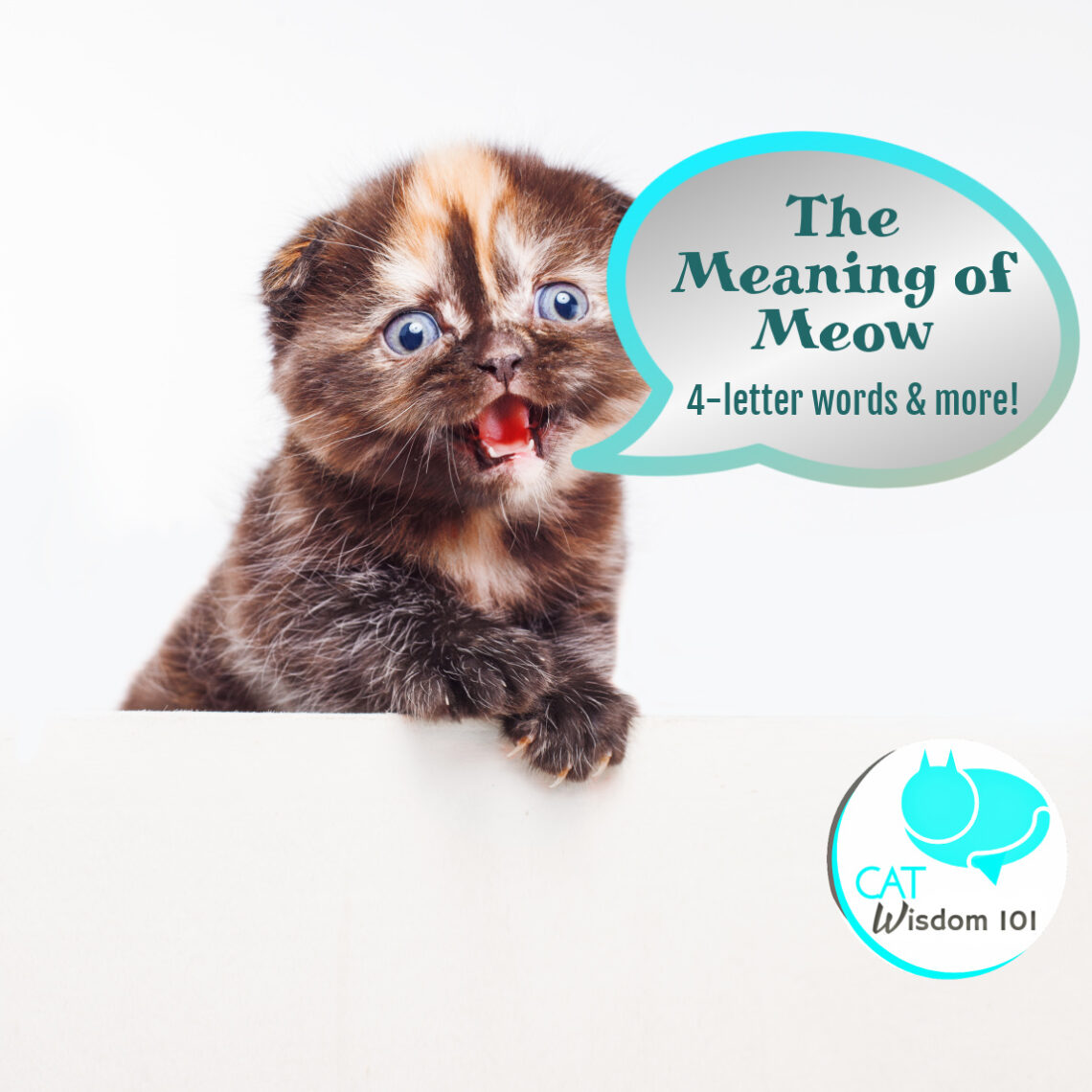
The Meaning of Meow: 4-letter Words+
Cats use a variety of vocalizations to communicate. Here are some common feline vocalizations:
- Meow: This is perhaps the most common feline vocalization. Cats use meows to communicate with humans and other cats, and can use different tones and lengths of meows to convey different messages.
- Purr: Cats often purr when they’re feeling content and relaxed, but they may also purr when they’re feeling anxious or in pain.
- Hiss: A hiss is a warning sound that cats use when they feel threatened. It’s a way for them to let others know that they’re not in the mood to be messed with.
- Growl: Similar to a hiss, a growl is a warning sound that cats use to indicate that they’re feeling threatened or agitated.
- Chatter: This is a unique vocalization that cats sometimes make when they see birds or other prey animals. It’s a chattering sound that’s often accompanied by rapid jaw movements.
- Yowl: A yowl is a loud, drawn-out vocalization that cats use to communicate over long distances. It’s often used as a mating call or to locate other cats (caterwauling).
- Chirp: A chirp is a short, high-pitched sound that cats sometimes make when they’re feeling playful or excited.
Feline vocalizations can be quite complex and nuanced, and understanding the meaning of meow can help you better communicate with your furry feline friend. fThis post is focused on meow but all the vocalizations can have nuances such as a purr/meow or yowl/meow, I call yeowww. It’s up to you dear cat person/owner/parent to get to know your cat’s unique meow accent if you will.
I love the sound of meow so much, I named my shop Meow Magic

There are probably as many kinds of meows are there are cats. What’s remarkable that meow sounds similar in just about every language. Brilliant illustration by German artist @VernessaHimmler
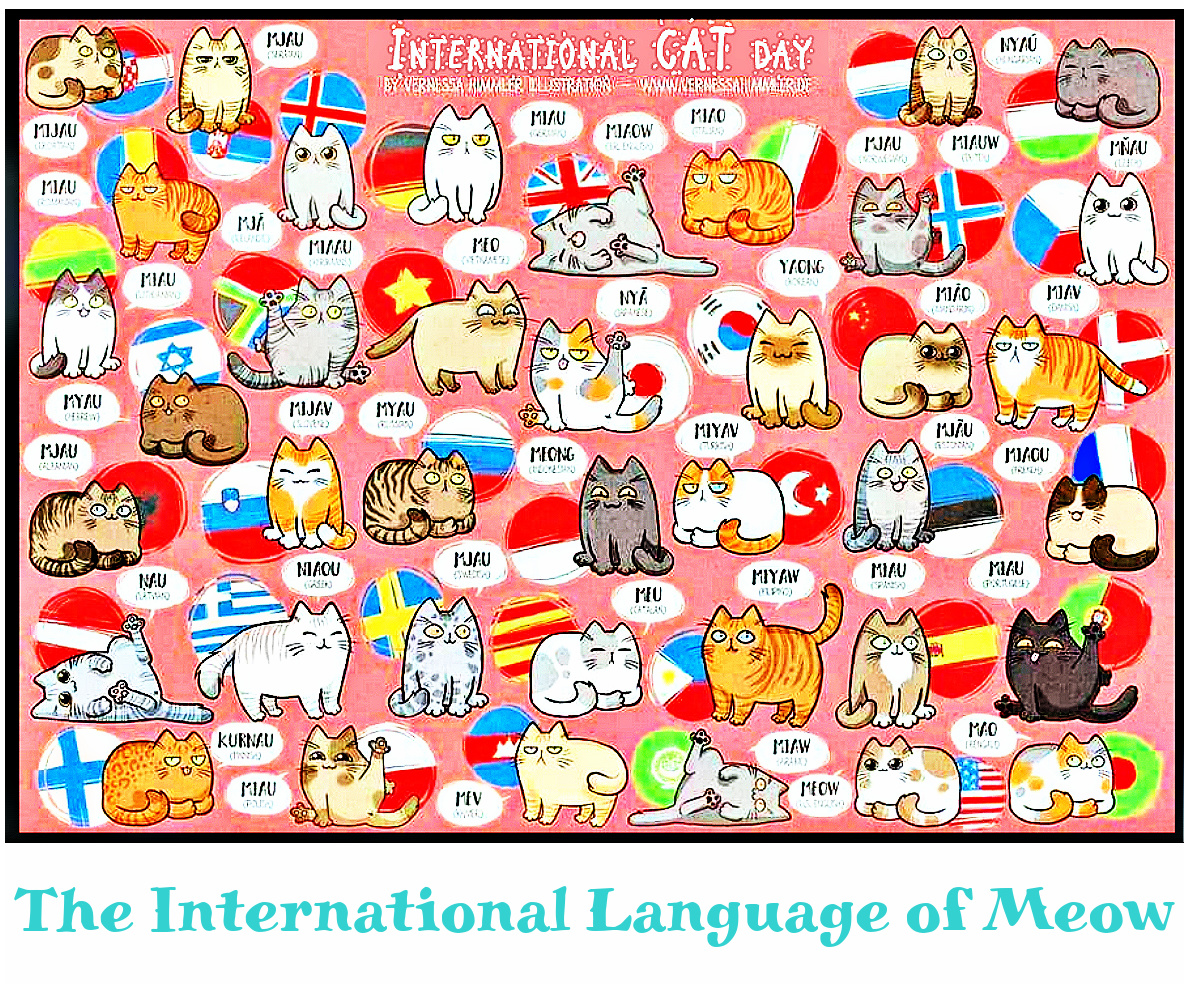
- Cats are highly vocal animals, and meowing is one of the most common sounds they make. The exact reason why cats meow is still not fully understood, but there are several factors that may contribute to their vocalization.
- One of the primary reasons why cats meow is to communicate with humans. Cats are social animals and have developed a range of vocalizations to communicate with their owners. When a cat meows at a human, it may be trying to get attention, express a need, or simply initiate social interaction. For example, a cat may meow to be let outside, to ask for food or water, or to get petted. In this way, meowing is a form of social communication between cats and humans.
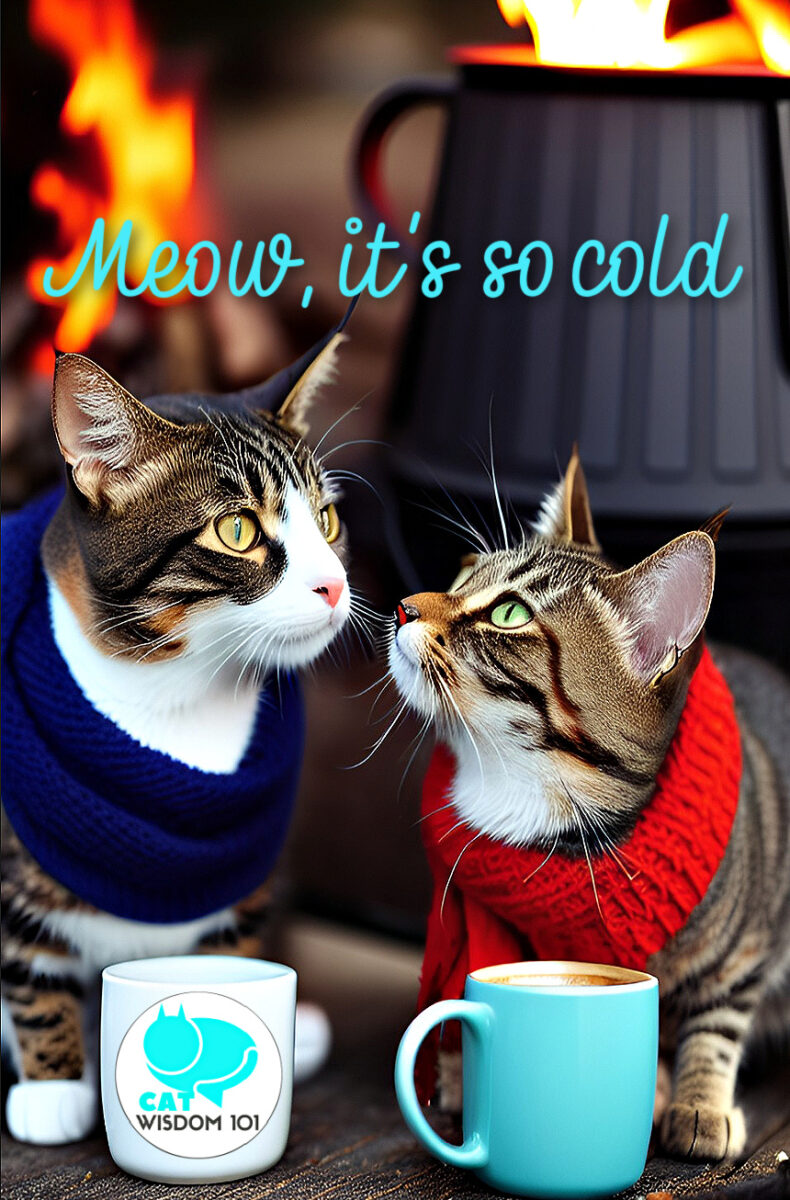
- Cats may also meow to communicate with other cats. In the wild, cats use a range of vocalizations to communicate with other cats, including meows, growls, and purrs. Meowing can be a way for cats to signal their presence, communicate their intentions, or establish dominance. For example, a cat may meow to assert its dominance over another cat, or to indicate that it is in heat and looking for a mate.
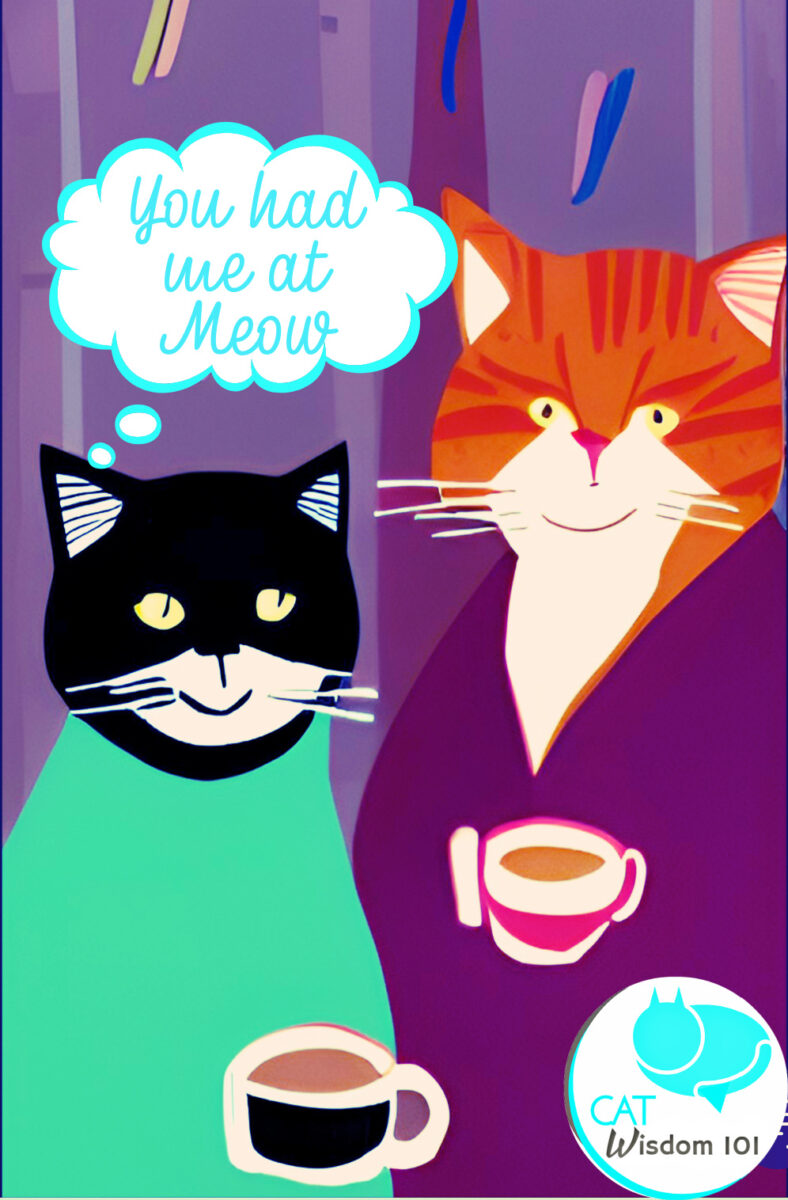
- Another reason why cats meow is to express emotions. Cats may meow when they are happy, excited, anxious, or in pain. In some cases, meowing may also be a way for cats to relieve stress or anxiety. For example, a cat that is bored or lonely may meow to get attention or to express its frustration. I’ll never forget the loud, plaintive meow our otrb and former feral, Domino would make in the garden. This was before he decided to come indoors and live with us and his kitty friends.
Most cat parents are all too familiar with the travel meow. “I don’t want to go to the vet! Fuuuuck off! Get me out of the carrier. You’re torturing me. How dare you!” The loudest decibel meow I can recall was from my old, meezer, Merlin.
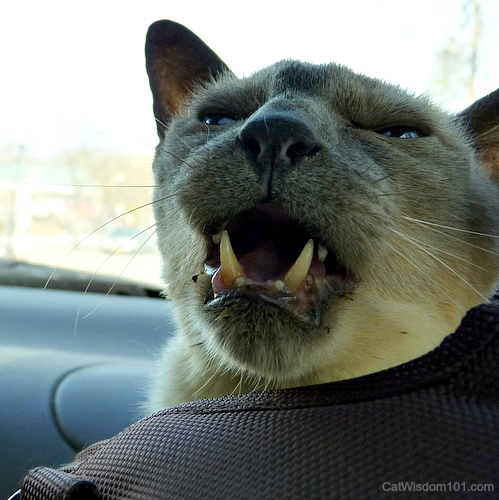
- Finally, meowing may simply be a way for cats to communicate with themselves. Some cats meow when they are alone or when they are playing, and it may be a way for them to express their excitement or to entertain themselves.
The How of a Cat’s Meow
The vocal cords consist of two folds of tissue that vibrate when air passes over them, producing sound. When a cat wants to meow, it first takes in air through its mouth and nose. The air then passes through the larynx, causing the vocal cords to vibrate and produce sound. The sound is then modified by the cat’s mouth, tongue, and lips to create the final meow.
Cats have a wide range of vocalizations, from high-pitched meows to low-pitched growls. Meows can vary in duration, intensity, and frequency, depending on the cat’s needs and emotions.
It’s also worth noting that some cats are more vocal than others, and some breeds are known for their talkative nature. For example, Siamese cats are known for their distinctive, loud meows, while other breeds may be quieter or more reserved in their vocalization. Domino (below) was essentially mute for the first two years of his life from trauma.. Eventually, he developed a healthy and demanding meow!
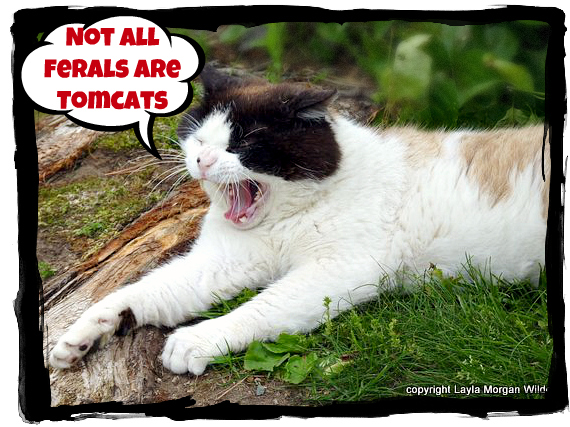
Cats are known for their unique vocalizations, from the soft purring, the silent “meow” to thunderous meows, and they use these sounds to communicate with their owners and other cats. While meowing is normal and often cute, excessive meowing can be a sign of an underlying health issue or behavioral problem. In this article, we will explore the reasons why cats meow normally and excessively, as explained by veterinarians.
Normal Reasons for Cat Meowing
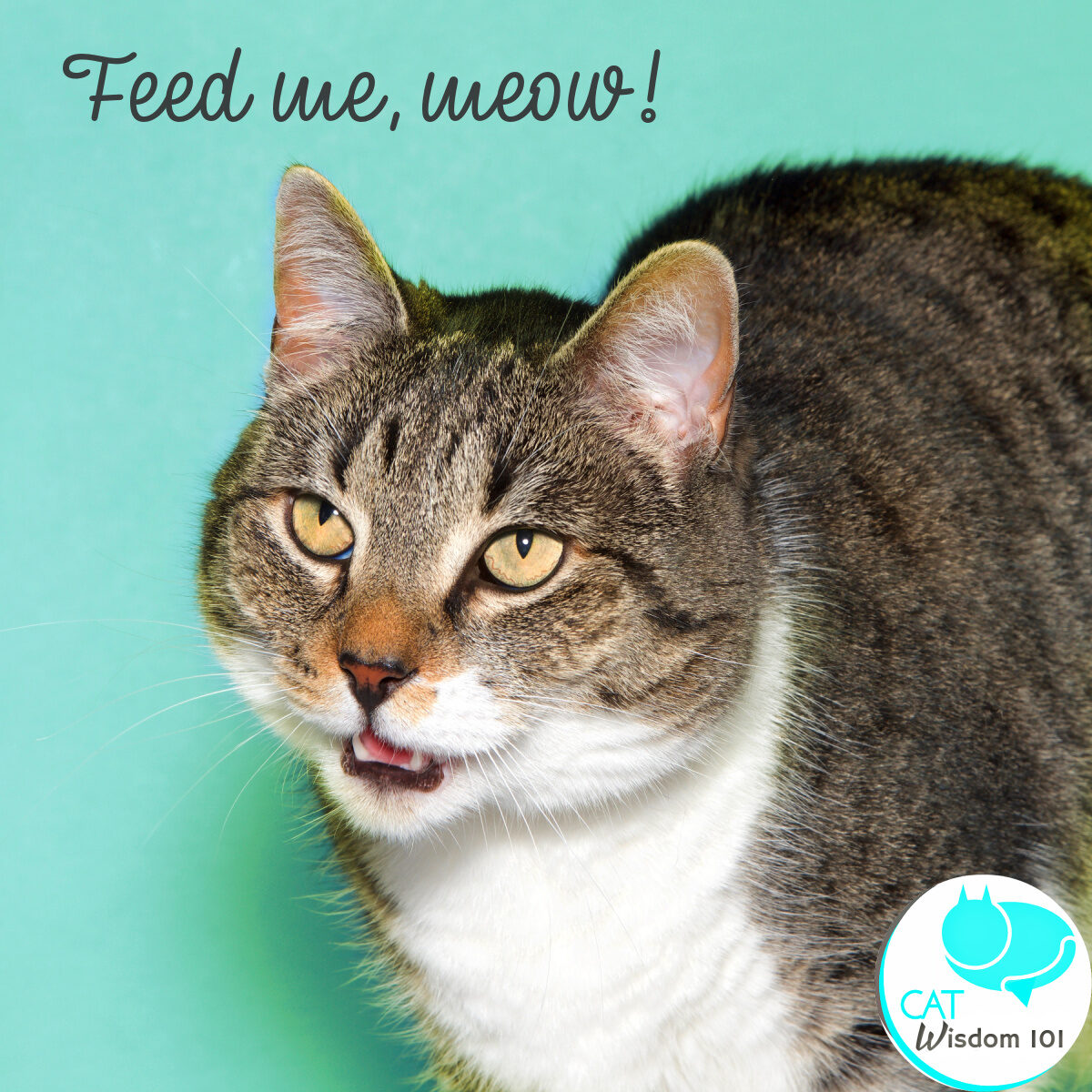
- Attention Seeking
According to Dr. Krista Magnifico, a veterinarian and founder of Jarrettsville Veterinary Center, “Cats meow for attention.” Meowing is a way for cats to communicate their needs to their owners, such as wanting food or wanting to play. However, it is important to differentiate between normal meowing and excessive meowing, as excessive meowing can be a sign of an underlying issue.
- Greeting
Dr. Rachel Barrack, a veterinarian and founder of Animal Acupuncture, notes that “Cats meow to greet their owners.” Cats may use different types of meows to greet their owners, depending on their mood and level of excitement. A short, high-pitched meow is a sign of a happy cat, while a longer, lower-pitched meow may be a sign of an anxious or agitated cat. Note the tail position. A confident, upright tail hooked toward is “happy to see you”.
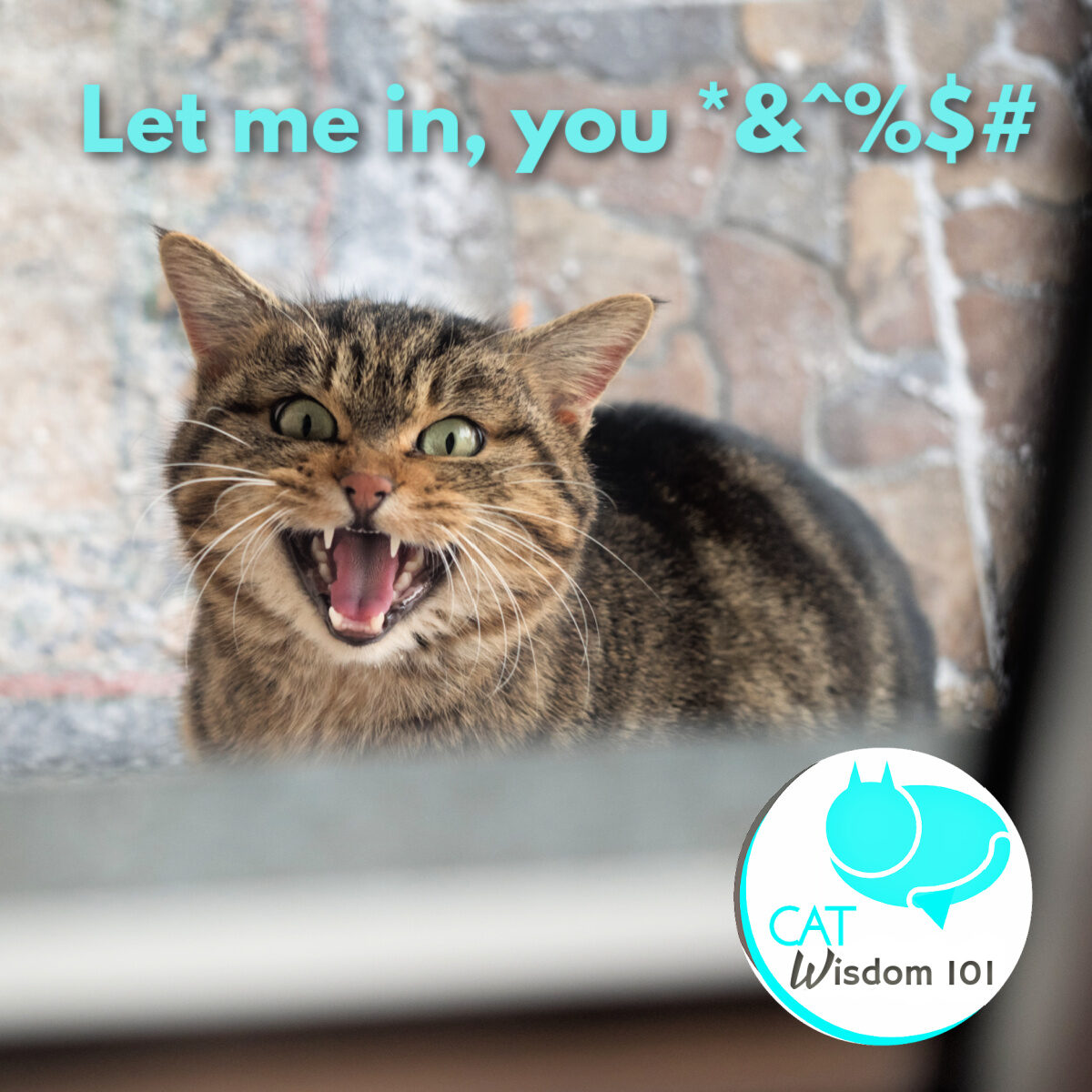
- Territory Marking
Dr. Barrack also notes that “Cats meow to mark their territory.” Meowing is a way for cats to establish their presence and mark their territory, especially if they share a home with other cats. This is why cats may meow when they see other cats outside the window or when they encounter new people or animals in their environment.
Excessive Reasons for Cat Meowing
- Medical Issues
Excessive meowing can be a sign of an underlying medical issue, such as hyperthyroidism, high blood pressure, or pain. According to Dr. Courtney Campbell, a veterinarian and host of the podcast “Vet Candy,” “Cats meow excessively when they are in pain or discomfort.” It is important to take your cat to the vet if you notice a sudden change in their meowing behavior, as it could be a sign of an underlying health issue. More from Vet 101: The meow of Ow!
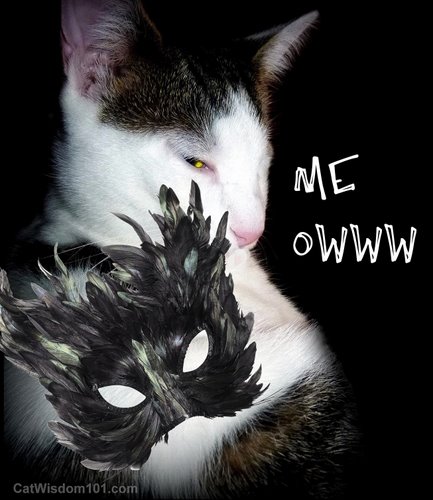
- Separation Anxiety
Cats may also meow excessively when they are experiencing separation anxiety. According to Dr. Magnifico, “Cats with separation anxiety may meow excessively when their owners leave the house.” This is because cats rely heavily on their owners for comfort and security, and when they are separated from their owners, they may become anxious and meow excessively.
- Behavioral Issues
Excessive meowing can also be a sign of a behavioral issue, such as boredom, stress, or fear. Dr. Barrack notes that “Cats may meow excessively when they are bored or stressed.” This is why it is important to provide your cat with plenty of toys, scratching posts, and other forms of mental stimulation to prevent boredom and stress.
No matter the kind of meow, it’s important to understand the difference between normal meowing and excessive meowing. While normal meowing is a way for cats to communicate with their owners, excessive meowing can be a sign of an underlying health issue or behavioral problem. If you notice a sudden change in your cat’s meowing behavior, it is important to take them to the vet to rule out any underlying health issues. With proper care and attention, you can help your cat maintain their vocalizations in a healthy and appropriate way.
Meow for now! Leave a comment about your cat’s special or unusual meows.
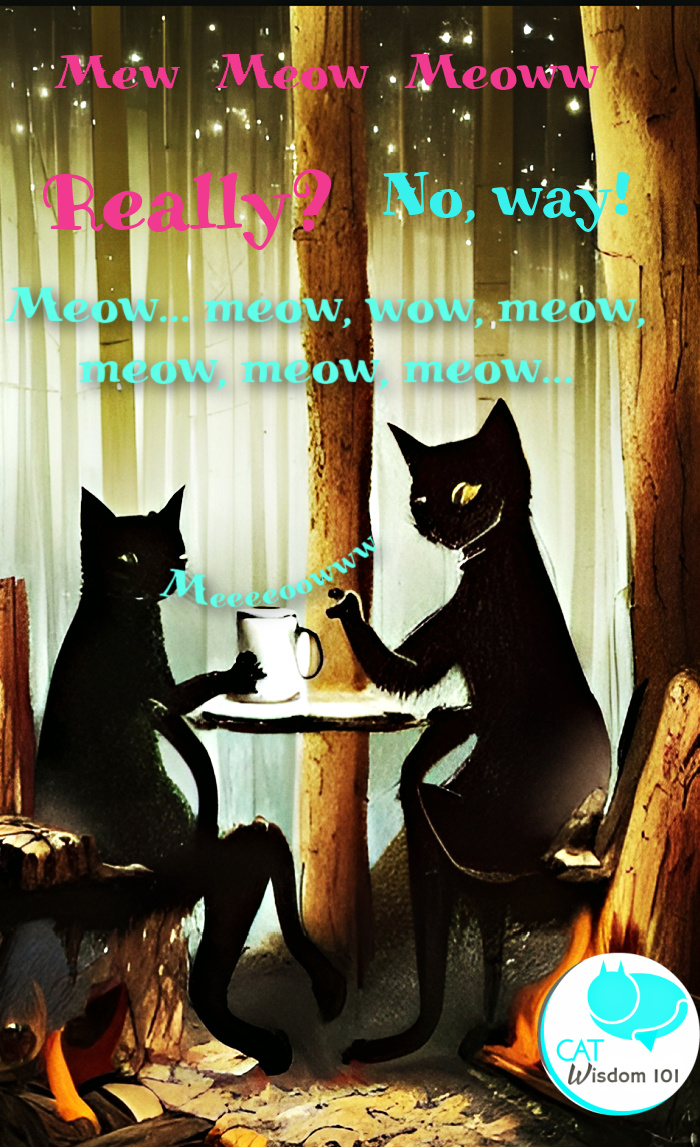



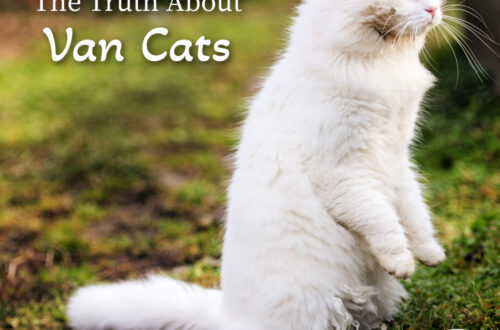
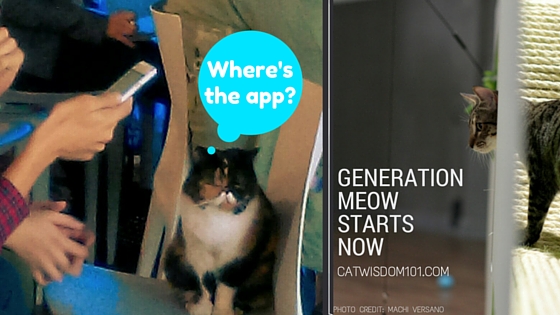
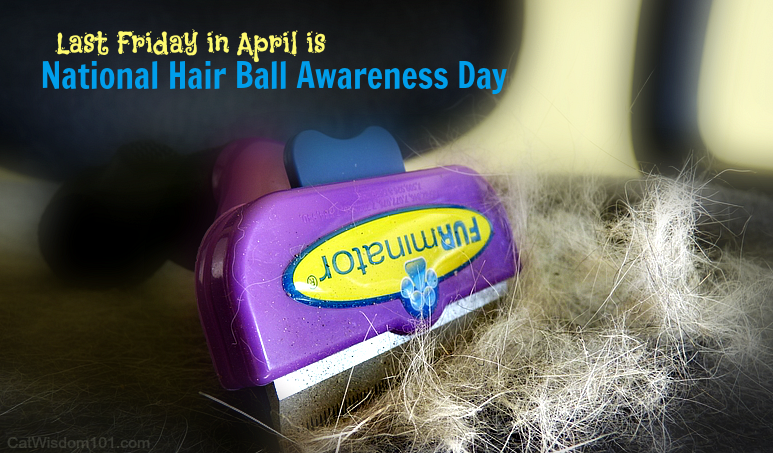
13 Comments
Skeeter and Izzy
MOL it would take us DAYS to cover all of the meows,purrs,hisses and growls that our crew has.
I will say that they are all unique in their vocalazations or lack there of.
I do have some chatters tho, one Torby will talk your ear off, one Tortie (usually chatty cats) seldom makes a peep.
My most vocal indoor cat is IZZY Queen of all she surveys and makes it know to all! We also have Toad aptly named this due to his frog like meow.
I have three new young males that have started showing up at feeding time now, two Tuxies very outspoken, one solid black quiet as a mouse.
Thank you for sharing this wonderful information!
Luvs to All!
Skeeter and Izzy and the Feral Gang and the Angels >^..^<
Layla Wilde
Wow, you have a whole choir of meows!
meowmeowmans
We love this! Our Ava never made any noise when she was at the shelter. When we adopted her, she began vocalizing after a few weeks, but it was more like teh peeps of a bird. It’s like she was testing things out. NOW, she is very vocal, and talks to us all the time. 🙂
Layla Wilde
Interesting to note about about Ava. It’s not uncommon to have vocalizations change with circumstances.
Ellen J Pilch
Excleent post about the meaning of meow.
Marjorie Dawson
The simple meow has so many resonances doesn’t it? Our chubby tuxedo Teddy had a little meow and we have a visiting girl cat who has a resonant loud (almost man like) MEOW!!!
Layla Wilde
Isn’t it amazing! You can’t tell a book by its cover.
Amy Harlib
Fascinating article!
Astor-kitty at 12 lbs., fully grown Maine Coon mix rescue cat for all his size and solid black fluffiness, has a squeaky high pitched meow – absolutely adorable, as is his rumbly purring.
A cat’s purr is one of the loveliest sounds in the world.
Layla Wilde
Thanks a bunch! Isn’t it funny how you can’t tell a cat’s meow by it’s appearance?
Meezer'sMews&TerrieristicalWoofs
Our first Meezer was very good at chirping to the kitten newcomers when he decided that they were OK, and he wanted to mentor them, sort of like a grandpaw kitty, LOL!
The second one told us all kinds of stories when we would return from overnight trips…
The third one and the only gal, was a great hissy kitty…and she told all kinds of unmentionables to any of the others.
Meezer #4 was not nearly as vocal, but he would purr vvery loudly!
Pipo & Minko (#5 and #6), had a lot of private catversations between them.
Pipo ypwled and moped for a while after he became the only cat, and had to live with the pups whom he hated…all of them, LOL! Even theough he came into our home as a very wee one and the first dog was already there. (and he liked carts…go figure.) Pipo chattered and spat at all the birds and squirrels he saw outside, LOL! Our window was constantly needing to be washed…
When I found Minko on the floor after he’d had a stroke (age 12 1/2), he let out an awful yowl when I picked him up to move him to a safer spot. I will never forget that…and he made no further sounds after that…sigh…
Layla Wilde
Thank you so much for your detailed comment. It shows how precious our cats are xoxo
ruby rose and the big little angels 3
I feel like I perfectly understand cat now.
Layla Wilde
Thanks, glad it was helpful!